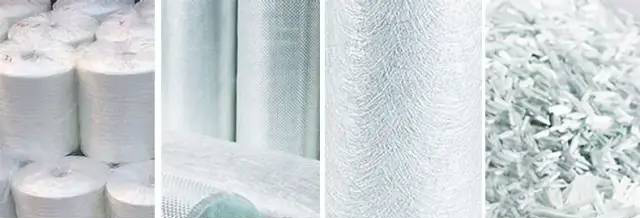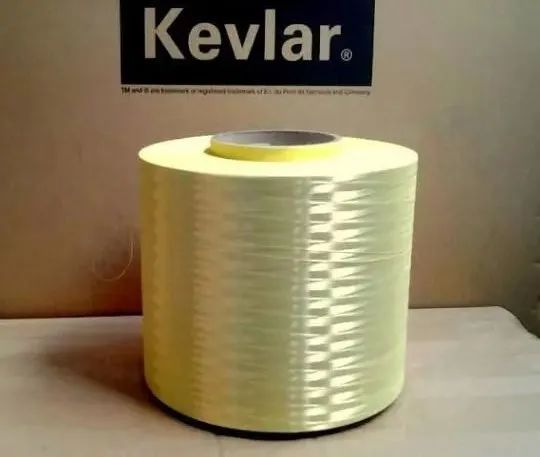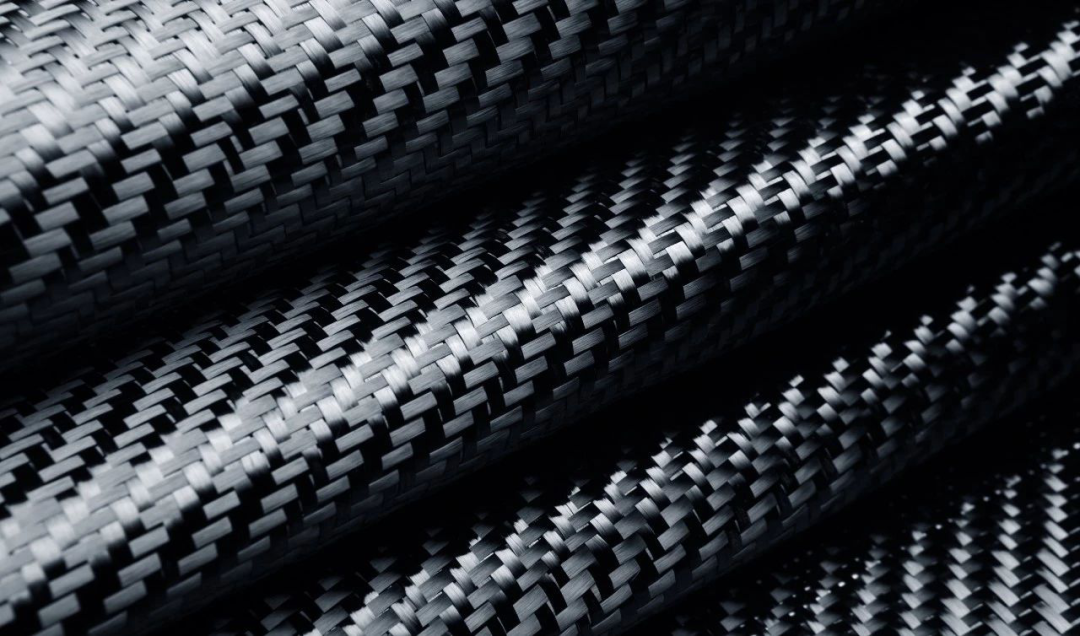The physical properties of composite materials are dominated by fibers. This means that when resin and fibers are combined, their properties are very similar to those of individual fibers. Test data show that fiber-reinforced materials are the components that carry most of the load. Therefore, fabric selection is critical when designing composite structures.
Begin the process by determining the type of reinforcement needed in your project. Typical manufacturers can choose from three common reinforcement materials: glass fiber, carbon fiber and Kevlar® (aramid fiber). Glass fibers tend to be the general-purpose choice, while carbon fibers offer high stiffness and Kevlar® high abrasion resistance. Keep in mind that fabric types can be combined in laminates to form hybrid stacks with the benefits of more than one material.
Once you’ve decided on a fabric collection, choose a weight and weave style that suits your job’s needs. The lighter the ounce of fabric, the easier it is to drape over highly contoured surfaces. Lightweight also uses less resin, so the overall laminate is still lighter. As fabrics get heavier, they become less flexible. The medium weight retains enough flexibility to cover most contours, and they contribute significantly to the strength of the part. They are very economical and produce strong and lightweight components for automotive, marine and industrial applications. Braided rovings are relatively heavy reinforcements commonly used in shipbuilding and mold making.
The way a fabric is woven is considered its pattern or style. Choose from three common weave styles: plain, satin and twill. Plain weave styles are the cheapest and relatively least flexible, but they hold together well when cut. Frequent up/down crossing of threads reduces the strength of the plain weave, although they are still sufficient for all but the highest performance applications.
Satin and twill weave are softer and stronger than plain weave. In satin weaving, one weft thread floats over three to seven other warp threads and is then sewn under another. In this loose weave type, the thread runs longer, maintaining the theoretical strength of the fiber. A twill weave offers a compromise between satin and plain styles, with the often desirable herringbone embellishment effect.
Tech Tip: To add flexibility to the fabric, cut it from the roll at a 45-degree angle. When cut this way, even the roughest fabrics drape better over the silhouette.
Fiberglass Reinforcement
Fiberglass is the foundation of the composites industry. It has been used in many composite applications since the 1950s and its physical properties are well understood. Fiberglass is lightweight, has moderate tensile and compressive strength, can withstand damage and cyclic loads, and is easy to handle.
Fiberglass is the most widely used of all available composite materials. This is mainly due to its relatively low cost and moderate physical properties. Fiberglass is great for everyday projects and parts that don’t require as much fiber fabric added strength and durability.
To maximize the strength properties of fiberglass, it can be used with epoxy and can be cured using standard lamination techniques. It is ideal for applications in the automotive, marine, construction, chemical and aviation industries, and is often used in sporting goods.
Kevlar® Reinforcement
Kevlar® was one of the first high-strength synthetic fibers to gain acceptance in the fiber-reinforced plastics (FRP) industry. Composite grade Kevlar® is lightweight, has excellent specific tensile strength, and is considered highly impact and abrasion resistant. Common applications include light hulls such as kayaks and canoes, aircraft fuselage panels and pressure vessels, cut-resistant gloves, body armor, and more. Kevlar® is used with epoxy or vinyl ester resins.
Carbon Fiber Reinforcement
Carbon fiber contains more than 90% carbon and has the highest ultimate tensile strength in the FRP industry. In fact, it also has the highest compressive and flexural strength in the industry. After processing, these fibers combine to form carbon fiber reinforcements such as fabrics, tows, and more. Carbon fiber reinforcement provides high specific strength and stiffness, and it is generally more expensive than other fiber reinforcements.
To maximize the strength properties of carbon fiber, it should be used with epoxy and can be cured using standard lamination techniques. It is ideal for applications in automotive, marine and aerospace, and is often used in sporting goods.
Post time: Jul-19-2022









